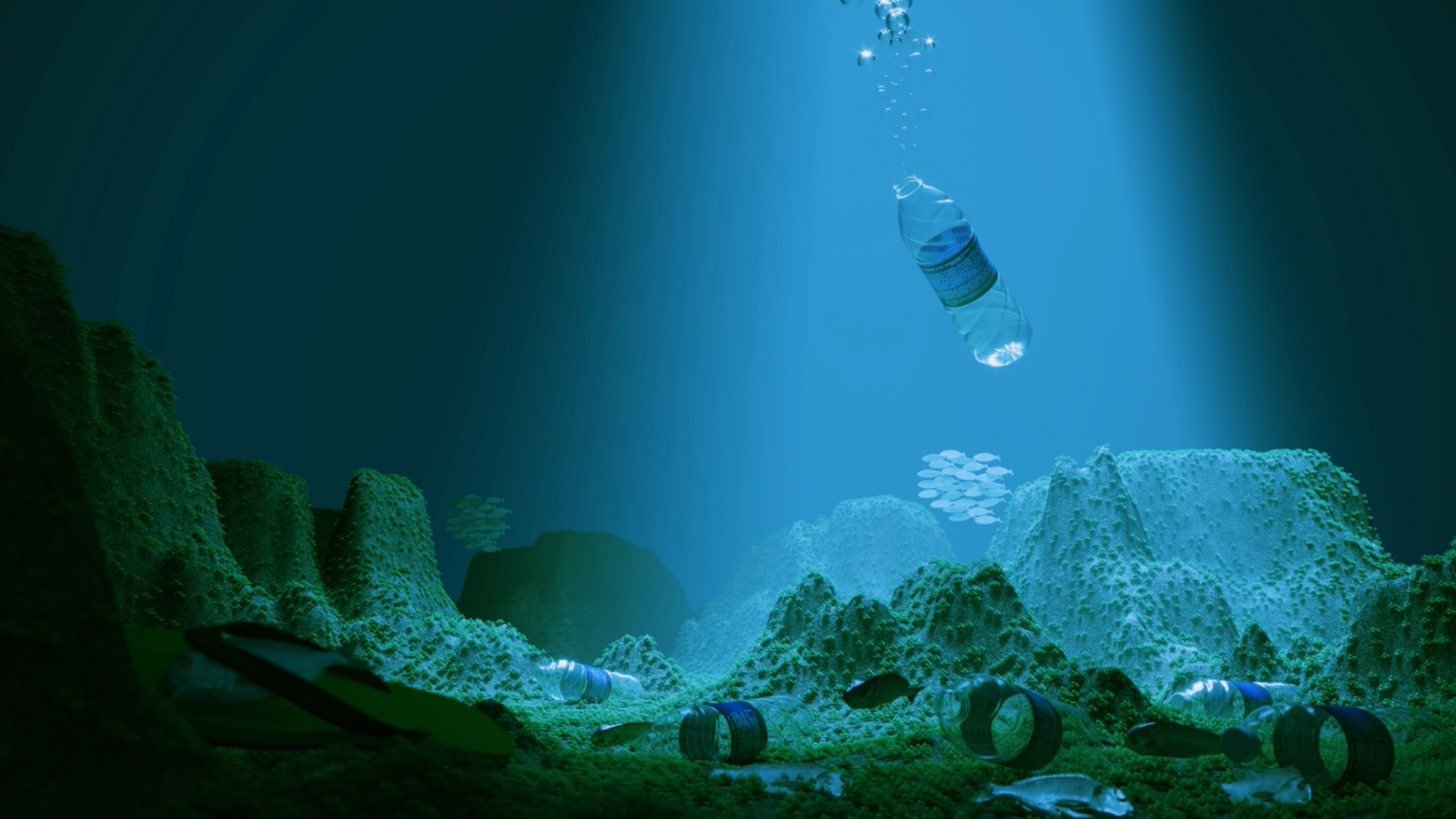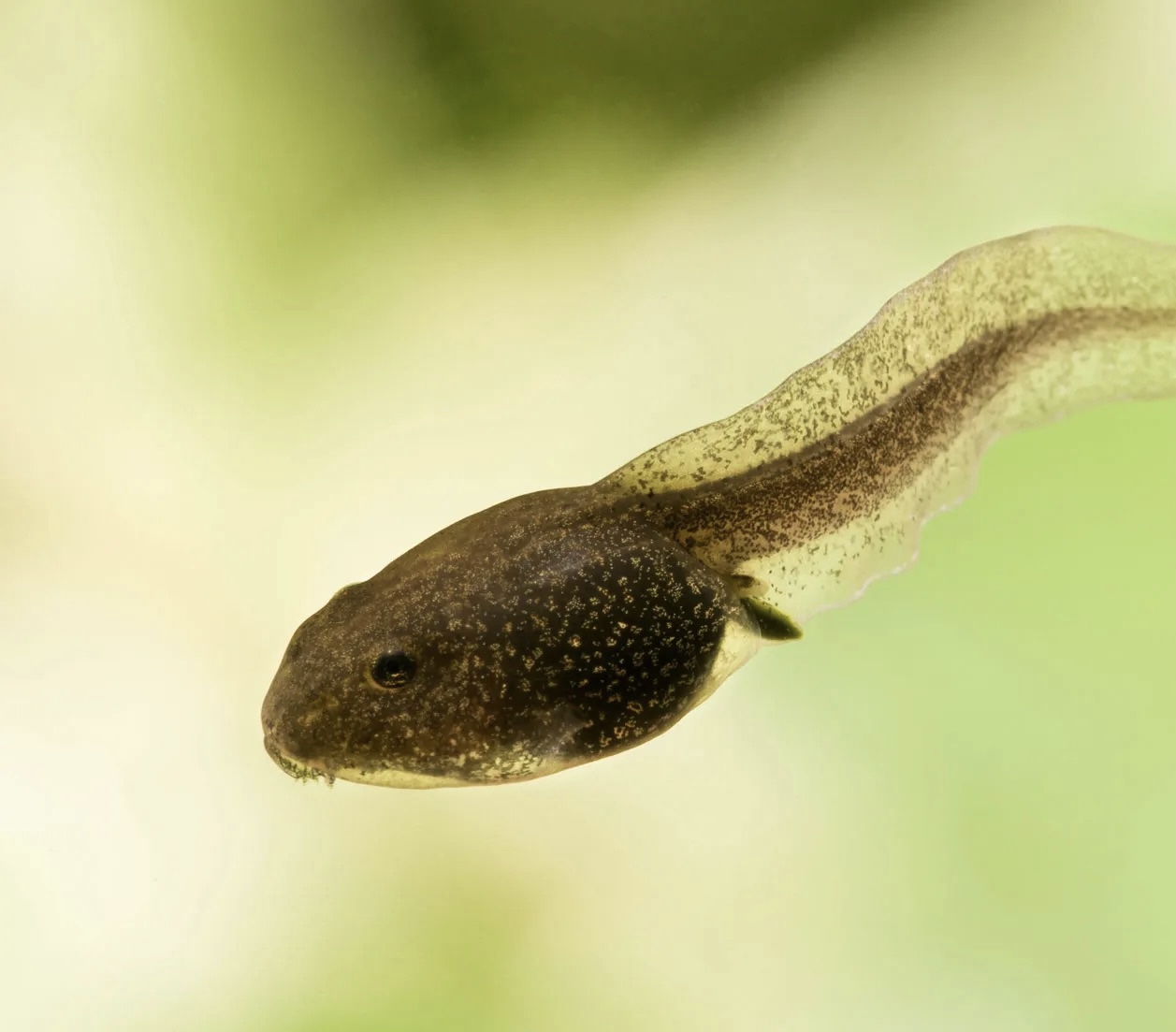The research team conducted experiments involving two bacterial species: Vibrio natriegens and Ideonella sakaiensis.
Vibrio natriegens primarily inhabits saltwater ecosystems and is notable for its rapid reproduction rate. On the other hand, Ideonella sakaiensis possesses enzymes that give it the power to break down as well as ingest PET quickly, distinct from its.
As a result, the researchers isolated the genetic sequence from the latter (Ideonella sakaiensis) and integrated it into a plasmid. Plasmids are genetic sequences that may replicate independently within a cell even when it is distinct from the cell’s original chromosome.
“In other words, you can sneak a plasmid into a foreign cell, and that cell will carry out the instructions in the plasmid’s DNA. And that’s exactly what the researchers did here,” noted the release.
The scientists then carefully incorporated the plasmid containing Ideonella sakaiensis genes into Vibrio natriegens bacterium in the lab. The resultant, V. natriegens was able to produce the required enzymes on its cell surface.
The researchers demonstrated that V. natriegens could degrade PET in a room-temperature-based saltwater setting.
“From a practical standpoint, this is also the first genetically engineered organism that we know capable of breaking down PET microplastics in saltwater. That’s important because it is not economically feasible to remove plastics from the ocean and rinse high concentration salts off before beginning any processes related to breaking the plastic down,” said Tianyu Li, the first author of this new study
I’m very much here for this in theory, but it also does seem like something that might boomerang back on us, like the bacteria evolve to consume not only plastic but other substances and end up destroying the oceans more than we have. We need to be cautious about unleashing our inventions on nature
Yeah… surely this won’t horrifically backfire in an unforeseen way…
Bacteria starts eating through us to get to the microplastics in our body.
deleted by creator
What else is there to eat in the ocean, that isn’t already being eaten?
I would be more worried about something eating plastic while we’re still using it.
Obviously this is just in initial research phase, very far from being unleashed on nature. It would be interesting to see how this research progresses.
We’re just one careless lab tech going surfing away from unleashing something accidentally.
We don’t need to be worried about them evolving to eat something else. We need to be worried that the bacteria spread. Rivers, lakes, and streams have tons of monitoring, anti-erosion, and safety infrastructure that involves plastics. Vinyl siding on houses is plastic. Window casements are plastic. Just imagine what housing anywhere near ocean breezes is going to go through. Or road ways. Or hospitals.
We are basically plastic, in a certain sense.
deleted by creator
Makes me think of that Cronenberg episode of Rick and Morty - Rick Potion No. 9.
Second, we need to further modify V. natriegens so that it is capable of feeding on the byproducts it produces when it breaks down the PET. Lastly, we need to modify the V. natriegens to produce a desirable end product from the PET – such as a molecule that is a useful feedstock for the chemical industry
So it’s breaking PET down into some unspecified byproduct that it cannot currently eat or turn into anything useful.
Yeah, we see these kind of news since the beginning of the internet.
I just hope there is a cat to save us.






